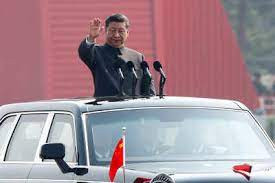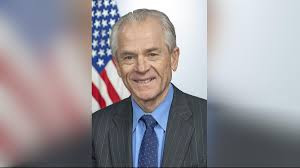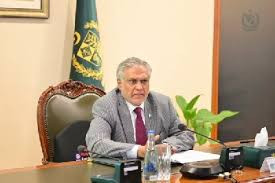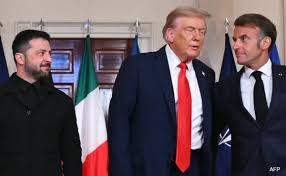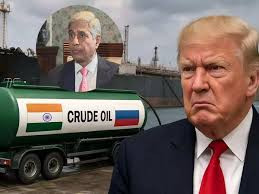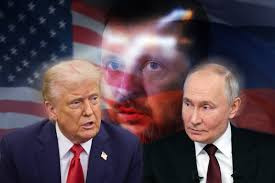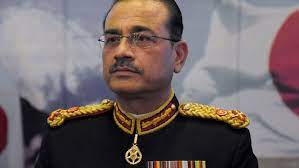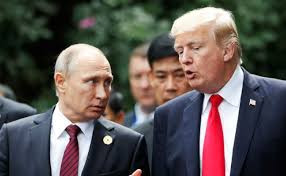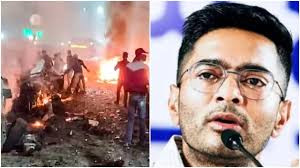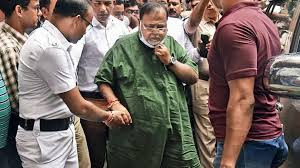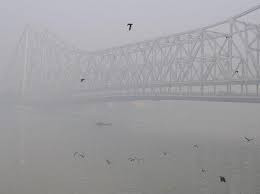Russia Launches Record-Breaking Drone and Missile Strike on Ukraine Shortly After Trump Rebukes Putin
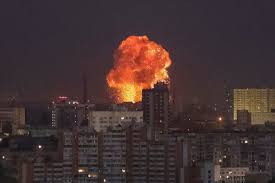
IIE DIGITAL DEWSK : Russia unleashed its most extensive aerial assault yet on Ukraine on July 9, 2025—deploying 728 drones and 13 missiles in the largest single-night barrage since the conflict began. Ukrainian authorities reported at least one civilian death and several injuries as this unprecedented attack targeted cities across the country, including Kyiv, Lutsk, Zhytomyr, and frontline areas like Donetsk .
Kyiv’s air defense systems managed a remarkable feat, intercepting 718 drones and seven missiles, though others penetrated defenses, causing damage to infrastructure and, tragically, loss of life. Ukrainian President Volodymyr Zelensky condemned the strike as timed to undermine international peace efforts, calling for stronger sanctions targeting Russian oil revenues and urging Ukraine’s allies to intensify support.
The attack took place only hours after former U.S. President Donald Trump, now back in the White House, sharply criticized Vladimir Putin in a cabinet meeting. Trump accused Putin of “bulls**t” and promised additional military aid to Kyiv, including defensive weapons halted by a recent Pentagon pause .He also reportedly told Xi Jinping and Putin in 2024 that if they invaded Ukraine or Taiwan, he’d “bomb the s‑‑‑t” out of their capitals—though the Kremlin has neither confirmed nor denied the claim .
While Russia’s response appears aggressive and possibly retaliatory, analysts caution against oversimplifying motivations. Military tactics seem driven more by long‑term strategic goals, including overwhelming Ukraine’s air defenses and compensating for missile supply constraints by ramping up drone production .
Beyond Kyiv, Lutsk—near the Polish border—suffered the brunt of the attack, with numerous explosions reported and alarms prompting NATO aircraft to scramble from Poland in response to the incursion near allied airspace . In Donetsk, frontline drones and guided bombs claimed eight lives .
Ukraine mounted retaliatory strikes on Russian territory, hitting border regions like Kursk, where a Ukrainian drone strike reportedly killed three civilians, including a five‑year‑old boy . Moscow responded by temporarily closing airports such as Sheremetyevo and Vnukovo near Moscow, citing security concerns .
International reactions intensified: Germany’s Chancellor Friedrich Merz declared that diplomatic efforts are exhausted and pledged to provide more air defense systems. The European Court of Human Rights also issued a landmark ruling, finding Russia responsible for the downing of Malaysia Airlines Flight MH17 in 2014—the first such ruling against Moscow since the full-scale invasion .
Amid ongoing peace efforts, Zelensky visited Rome to meet Pope Leo XIV and met with U.S. envoy Keith Kellogg ahead of an international conference on Ukrainian recovery. Italy’s Pope offered to host peace talks, though Russia has yet to agree .
As the dust settles, the night’s barrage stands as a stark reminder of the conflict’s evolving nature. Russia is seeking to overwhelm Ukraine’s defenses through sheer volume and technological saturation. Ukraine, for its part, is responding with enhanced interceptor drones and focused defense strategies .
With weapons shipments resuming from the U.S. and NATO countries scrambling jets to protect European allies, the conflict enters a new and more perilous phase. The world watches as each missile and drone shapes both the physical and diplomatic battlegrounds of this protracted war.
You might also like!



